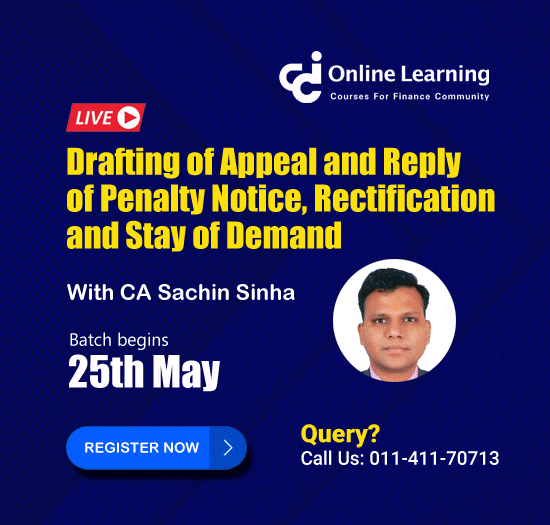Introduction
The Insolvency and Bankruptcy Code of India (IBC) introduced a revolutionary mechanism for resolving stressed assets with the creation of the Committee of Creditors (CoC). Empowered with immense decision-making authority, the CoC became the fulcrum of the corporate insolvency resolution process (CIRP). However, its journey under the IBC has been one of continuous evolution, grappling with challenges and adapting to judicial pronouncements. This unique body, entrusted with immense power and responsibility, is rightly described as an "institution of public faith" within the bankruptcy framework. But what makes the CoC deserving of this title? This article delves into the provisions of the IBC to explore the crucial role of the CoC and its inherent need for ethical conduct.

What is the Committee of Creditors (CoC)?
The Committee of Creditors (CoC) is a group of financial creditors established under the IBC to oversee the corporate insolvency resolution process (CIRP) of a distressed company. They play a crucial role in determining the fate of the company by making key decisions such as:
- Approving or rejecting resolution plans: Resolution plans outline how the company's debts will be repaid and how the company will be revived. The CoC has the final say on whether to accept a plan or not.
- Appointing and monitoring the resolution professional: The resolution professional is responsible for managing the CIRP and implementing the approved resolution plan. The CoC appoints the resolution professional and can also remove them if necessary.
- Deciding on liquidation: If no viable resolution plan is found, the CoC can vote to liquidate the company. This means selling off the company's assets to repay creditors.
The Power and Responsibility of the CoC
- Decision-making body: The CoC holds the reins of the corporate insolvency resolution process (CIRP). It decides on the fate of a distressed company – from approving resolution plans to opting for liquidation. This vast power demands utmost care and diligence in decision-making.
- Balancing interests: The CoC's mandate extends beyond maximizing creditor recovery. The CoC is not just a creditor forum. It is mandated to consider the interests of all stakeholders – employees, suppliers, government, and the overall economy. Striking a balance between maximizing value for creditors and fostering business revival requires a well-rounded perspective.
- Transparency and accountability: The CoC's decisions are subject to judicial scrutiny and public interest. Therefore, transparency in its proceedings and accountability for its actions are essential to uphold public trust.
Challenges and Safeguards
- Conflicts of interest: Individual creditors might prioritize their own recovery over the company's revival. Robust conflict resolution mechanisms are vital to ensure decisions are made for the collective good.
- Information asymmetry: Access to crucial information might be skewed towards larger creditors. Fair information dissemination and independent expertise are necessary to level the playing field.
- Vulnerability to manipulation: External influences or vested interests could sway the CoC's decisions. Strong ethical standards and legal safeguards are crucial to maintain integrity.
- Internal Negotiation and Voting: The CoC primarily relies on internal discussions and voting to resolve conflicts. While promoting stakeholder engagement, this method can be susceptible to power imbalances and dominance by larger creditors.
- Third-party Mediation: The IBC allows the CoC to appoint an independent mediator to facilitate discussions and bridge differences. However, voluntary participation and lack of binding power limit its effectiveness in resolving entrenched disputes.
- Judicial Intervention: Ultimately, judicial recourse remains available for creditors dissatisfied with the CoC's decisions. However, this can be time-consuming and expensive, delaying the CIRP and undermining its efficiency.
Upholding the Public Faith
The CoC's success hinges on its ability to operate as an institution of public faith. This requires:
- Adherence to legal principles: Decisions must be grounded in the IBC's provisions and fair business practices.
- Impartiality and objectivity: Individual interests should be set aside for the collective benefit of stakeholders and the economy.
- Professionalism and competence: Members must possess the requisite financial and legal expertise to make informed decisions.
- Transparency and accountability: Open communication and adherence to due process are crucial to build trust and prevent malpractices.
Case Studies
To illustrate the CoC's role and challenges, consider the following case studies:
- Essar Steel: The CoC's approval of Arcelor Mittal's resolution plan for Essar Steel was lauded for its focus on maximizing value for all stakeholders, including employees and the Indian economy. The Supreme Court upheld the CoC's approval of ArcelorMittal's resolution plan, emphasizing maximizing value for all stakeholders and setting a precedent for prioritizing resolution over liquidation.
- Bhushan Power & Steel: The CoC's decision to liquidate Bhushan Power & Steel after failing to find a viable resolution plan highlighted the challenges of balancing creditor interests with revival prospects and finding viable resolutions and navigating situations where maximizing value is not readily achievable.
- Swiss Ribbons: The National Company Law Appellate Tribunal emphasized the CoC's responsibility to consider public interest alongside creditor recovery, solidifying its dualistic role as both a creditor representative and custodian of economic welfare.
Conclusion and Road Ahead
The CoC's journey under the IBC has been a mixed bag. While successes like Essar Steel showcase its potential to drive economic recovery, challenges like Bhushan Power & Steel emphasize the need for constant vigilance and improvement. The CoC's journey so far has seen successes and challenges. However, its potential to serve as a robust and fair mechanism for resolving stressed assets remains immense. By continuously emphasizing ethical conduct, transparency, and stakeholder inclusivity, the CoC can truly live up to its designation as an institution of public faith, driving India's economic growth and stability. By emphasizing ethical conduct, transparency, and stakeholder inclusivity, the CoC can fulfill its potential as a cornerstone of India's economic restructuring efforts.
Moving forward, the CoC must strive to evolve into a truly inclusive decision-making body. By emphasizing transparency, stakeholder engagement, and a balanced approach to value creation, they can fulfill their mandate as an institution of public faith. The IBC presents an opportunity to rewrite the narrative of corporate distress, prioritizing not just economic recovery but also social responsibility and stakeholder well-being. Through careful analysis of past decisions and proactive measures to address existing challenges, the CoC can navigate the delicate balance between creditor recovery and broader societal impact, paving the way for a more sustainable and equitable future for all stakeholders.








 CAclubindia
CAclubindia

